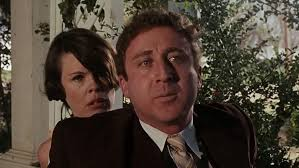Warren Beatty

Warren was born on March 30th, 1937 and his career as an actor and film maker spanned over 6 decades. This led him to winning a lot of significant awards in the film industry such as receiving an Academy Award but being nominated for 14 and 3 Golden Globes awards after being nominated endless times. He was also nominated 4 times for the ‘Best Actor’ award as well as ‘Best Director’ but also for ‘Original Screenplay’ showing his dedication and talent as well as creativity. Beatty mad his acting debut in the American period drama film ‘Splendor in the Grass’ (1961) followed by his infamous role as Clyde in ‘Bonnie & Clyde’ (1967) which made him over 6 million dollars alone though he was fully entitled to 40% of the film’s earnings, he made he generous decision of giving Arthur Penn 10% of that. He has also starred in films such as the American comedy film ‘Shampoo’ (1975) and more recently in the American romantic comedy ‘Rules Don’t Apply’ in 2016. Though Beatty was proven to the public eye to be an amazing film maker and actor, not many believed in him from the beginning therefore having to prove everyone that he was not just an actor being casted for his looks. Warren was described by his team and fellow cast members are incredibly hard working and innovative as well as caring and passionate about his career.
Faye Dunaway
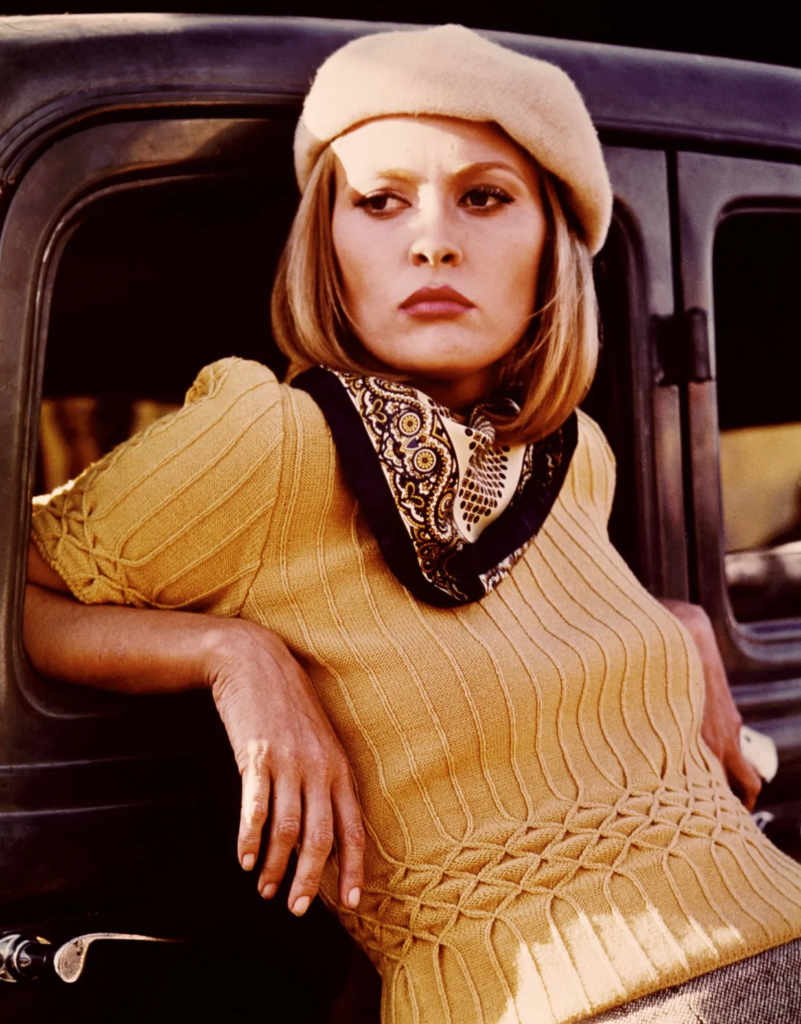
Faye, born on January 14th, 1941, is an American actress who began her career in the early 1960s on Broadway, making her screen debut by starring in the American crime comedy film ‘The Happening’ in 1967 which was a very small role compared to her then 2nd role as the portrayal of Bonnie Parker in ‘Bonnie & Clyde’ the same year. Though she did not have much of a pronounced acting career prior to this famous role, it led her to winning an Academy Award and further on in her career she also won an Oscar. Some of her other well known roles were Evelyn Cross in the thriller ‘Chinatown’ (1974), Serena Joy in the Sci-fi thriller ‘The Handmaid’s Tale’ (1990) and many others which made her very respected and loved by the public as not only was she classified as a very talented and dedicated actress but she was also described as beautiful, passionate and hard working as well as powerful and strong. Faye influenced many young women to start their own career and empowered and reinforced the importance of female roles and the power women hold in the film industry.
Michael J. Pollard

Michael, born on May 30th 1939, was an American actor who mostly got casted as simplistic but likable supporting characters due mainly to his facial features but also his bubbly and sometimes awkward manner. He is infamously known for playing the role of C.W. Moss in ‘Bonnie & Clyde’ from which he gained significant recognition and nominations for awards such as an ‘Academy Award’, a ‘British Academy Film Award’ and multiple ‘Golden Globe’ awards. Some other films he casted in are the outlaw biker film ‘The Wild Angels’ (1966), the romantic comedy film ‘Roxanne’ (1987), the revisionist Western ‘Dirty Little Billy’ (1972) and many others leading his to acquiring endless role opportunities and respect within the film industry.
Gene Hackman

Eugene was born January 30th, 1930, and he led an acting career spanning over 4 decades leading him to winning awards for numerous roles such as 2 ‘Academy Awards’, 2 ‘British Academy Film Awards’ and even 4 ‘Golden Globe’ awards further supporting his lengthy and well respected and loved career. After casting in films such as the American neo-noir film ‘The Conversation’ (1974), the political action thriller ‘Enemy of the State’ (1998) and most famously the character of Buck Barrow in ‘Bonnie & Clyde’, Hackman decided to retire from acting due to medical necessity though he has stated that he feels like he has accomplished more than enough.
Estelle Parsons

Estelle was born on November 20th, 1927 and after studying law, Parsons began singing before deciding she wants to pursue a career in acting. She first started working for the American morning TV programme ‘Today’ and made her stage debut in 1961. During the 1960s, Estelle established her career on Broadway before she began film acting, and during the 70s she even went on to produce her own Broadway shows as well as well as starring in films such as ‘Bonnie & Clyde’ which led her to winning an ‘Academy Award’ for best supporting actress as well as being nominated for her other work such as her role in the American drama film ‘Rachel, Rachel’ (1968). Estelle became very well known and well loved within the film industry due to her kindness and unmatched talent.
Denver Pyle
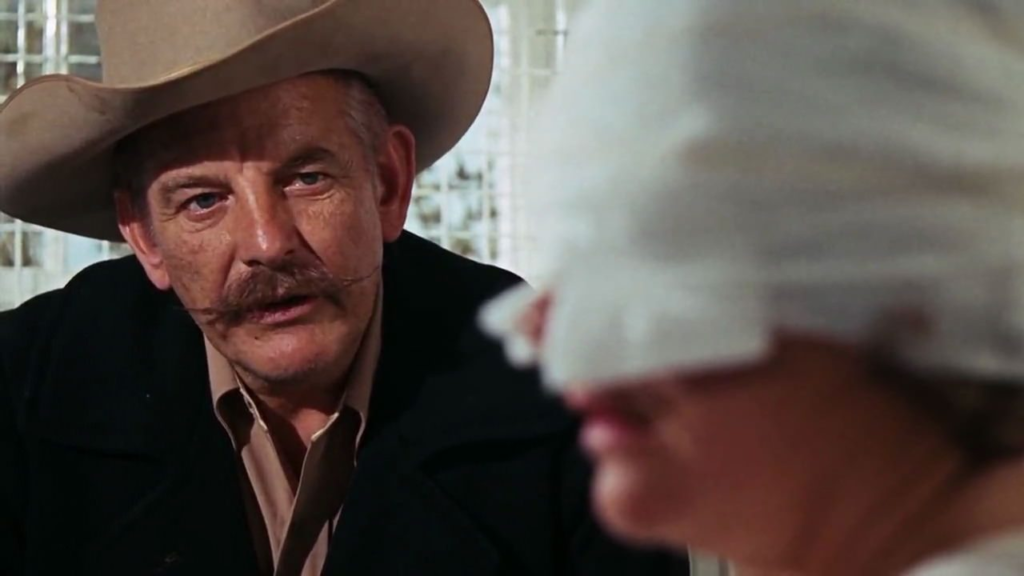
Pyle was born on May 11th, 1920 and passed away on Christmas day 1997 after a lengthy and successful acting career as well as being a director. He was well known for a umber of TV roles from the 60s through to the 80s such as his portrayal on Briscoe Darling in a number of episodes from the American sitcom series ‘The Andy Griffith Show’, ‘The Dukes of Hazzard’ (1985) and many more while also developing his film acting career. As much as his career was more consistent when it came to TV shows rather than films, he has starred in 14 films including his infamous appearance in ‘Bonnie & Clyde’ as a Sheriff representing the older generation’s harsh feelings towards the younger generation.
Dub Taylor
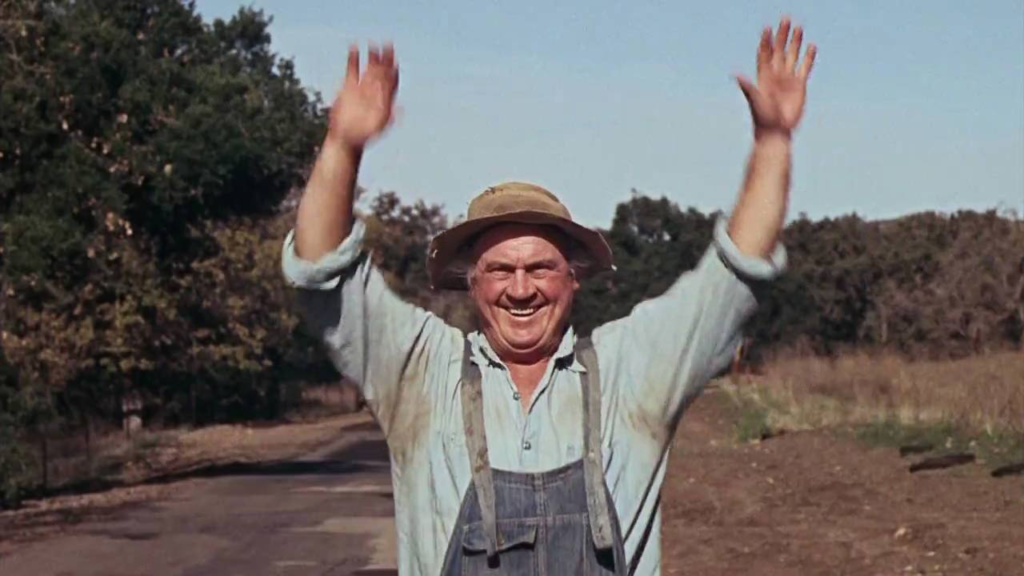
Taylor was born on February 26, 1907 an he was an American character actor who mostly played in films and on TV, often in Westerns and comedies and he is the father of the famous actor Buck Taylor. He has had a lengthy acting career, playing roles in films and shows such as the American musical tragedy ‘A Star is Born’ (1954), the contemporary Western ‘Junior Bonner’ (1972) and of course playing the role of C.W.’s father in ‘Bonnie & Clyde’.
Gene Wilder
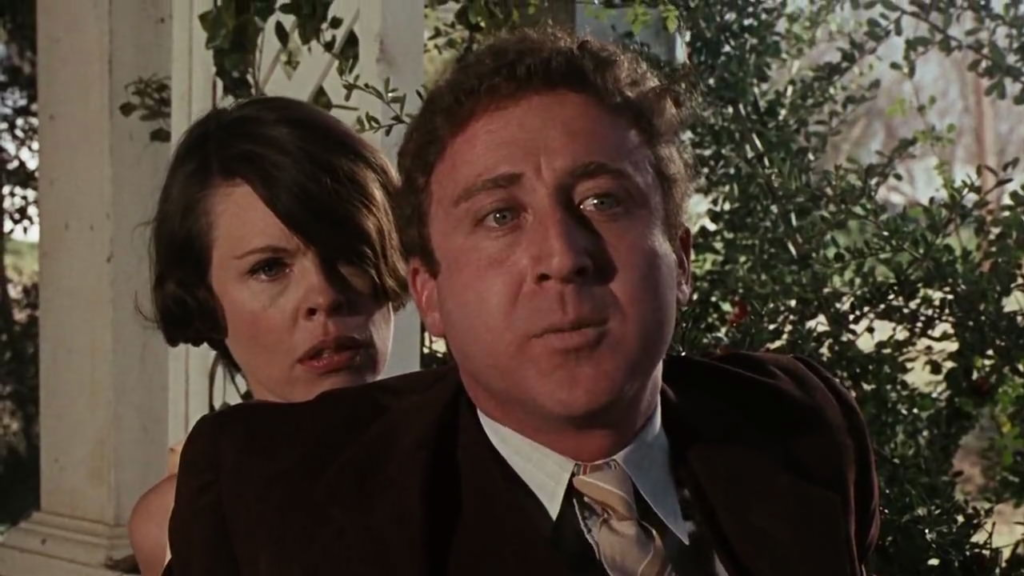
Gene was born on June 11th, 1933 and sadly passed away on August 29th 2016 after an admired career as an actor, comedian, writer and filmmaker. He was mainly known for his comedic roles such as his portrayal of Willy Wonka in ‘Willy Wonka and the Chocolate Factory’ (1971) as well as his small but comedic role in ‘Bonnie & Clyde’ which also got some recognition even though it was his first time being casted for a motion picture. He began his career on stage and made his screen debut in an episode of the TV anthology series ‘The Play of the Week’ in 1961.
editing
- in full support of ‘The French New Wave’ movement, Arthur Penn did not follow the ‘classic’ opening of a film such as opening with a landscape shot through the use of an extreme long shot or just a long shot to establish where and what is happening, Penn started the film with an extreme close up of Bonnie’s lips followed by the camera panning to her in the mirror, making the viewer know who she is, though it wasn’t the traditional example of an establishing shot, it still served the same purpose but through a different method
- however, sometimes the editing in the film does match the traditional way of editing as the editor still wanted the film to make sense and flow but not in the same way ‘Casablanca’ uses editing for storytelling purposes
- discontinuity editing became very popular around the release of this film meaning that the spectator is aware of themselves watching a film therefore ruining the credibility of the world of the film or the film itself however it can also support a storyline or plot
mise en scene
- location – most of this film was shot on location as supposed to a sound stage of an artificially built set therefore implementing the Texas historical accuracy, Penn decided to shoot the film in Texas as that is where the story is set but also because it is really far away from LA where the all big studios were therefore allowing smaller directors such as actor to have full control, ownership and authenticity over the film
- due to Bonnie’s stylistic choices in the film, women started getting influenced by the character when the film came out therefore influencing a whole generation of women to not only try and look like her but to also wear what the want even though men can see it as revealing or inappropriate due to her wearing more 60s inspired clothes even though the film is set in the 30s
aesthetics
- the tone of the film changes all throughout the film, for example the spectator could be watching an almost comedic car chase scene or a romantic and heartfelt scene and suddenly the tone changes due to there being a mass amount of violence due to gun shots and people dying
- the overall aesthetic of the film is realism due to t=elements such as costumes. location, settings and music making the audience this this film was not only set but also filmed in the 30s
sound
- ‘Blue Grass’ music is dominant all throughout this film creating a sound motif for scenes such as car chases, this music is played on the banjo and it is up beat and very lively however this stops in serious situations or immediate tone changes
- some gunshots in the film had to be enhanced in post production for a bigger impact and effect almost shocking the audience
representations
men
- Clyde – he is represented as a confident ‘bad guy’ who is charming and good with his words however, we also get to see the vulnerable side of him when he expresses his feelings about his ability to sexually perform to Bonnie, this shows that men at that time had issues too and were not always in control
- Buck – he is represented as money thirsty however also very caring and compassionate towards his wife, always trying to take care of her
- C.W. – he is initially represented as a young and naïve character who just follows Bonnie and Clyde around however we then see him take charge when Bonnie and Clyde get seriously injured as he managed the get them cleaned up, fed and hydrated as well as finding them a place to go showing his loyalty and dedication
women
Bonnie – her role breaks away from stereotypical women roles as she is seen as powerful and confident and knowing what she wants and how to get it as we see her taking charge by doing things such as shooting guns and driving the car and overall partaking in all activities the men in the film are seen doing however, at the beginning of the film she was being represented as hopeless and sad and even naïve as she left her whole life and mother behind for a man she had just met
Blanch – she is seen as almost the opposite of Bonnie as she is loud, obnoxious and sometimes seen getting the whole group in trouble, she also gives the impression that she was just dragged into this whole plan by her husband and she has no choice but to follow them around even though she is seen getting money as well therefore benefitting also, she is represented as a compassionate and caring character especially towards her husband
authority figures
the lawman – he represents the older generation and their response and reaction to the younger generation which is seen through the was he is speaking to them and his actions such as spitting in Bonnie’s face
people of colour
though there are a couple people of colour in this film, they don’t play significant roles or have any lines whatsoever, this absence of people of colour represents the state of America during the 1930s, bringing attention to the discrimination and inequity happening
working class Americans
because of what was going on in America at the time this film was set such as the Great Depression, many Americans lost their jobs and were forced into poverty or making a significantly smaller amount of money than they used to especially farmers which is what we see in the film as their farms are being sold and they are represented as resentful and angry towards the government
political and social context
Produced in 1967, the ongoing Vietnam War influenced director Penn’s portrayal of graphic violence. He stated that people needed to view guns as terrifying instruments, and accordingly, violence in the film is often highly graphic and reflective of society at the time – demonstrated in the connection that can be drawn between Clyde’s sudden gunshot to the head and the shocking 1963 assassination of President John F. Kennedy
the Wall Street Crash also took place, leading to the Great Depression which caused many to lose their jobs and money therefore everyone was looking for a way to make as much as possible, some resulted to crime as an easier option







